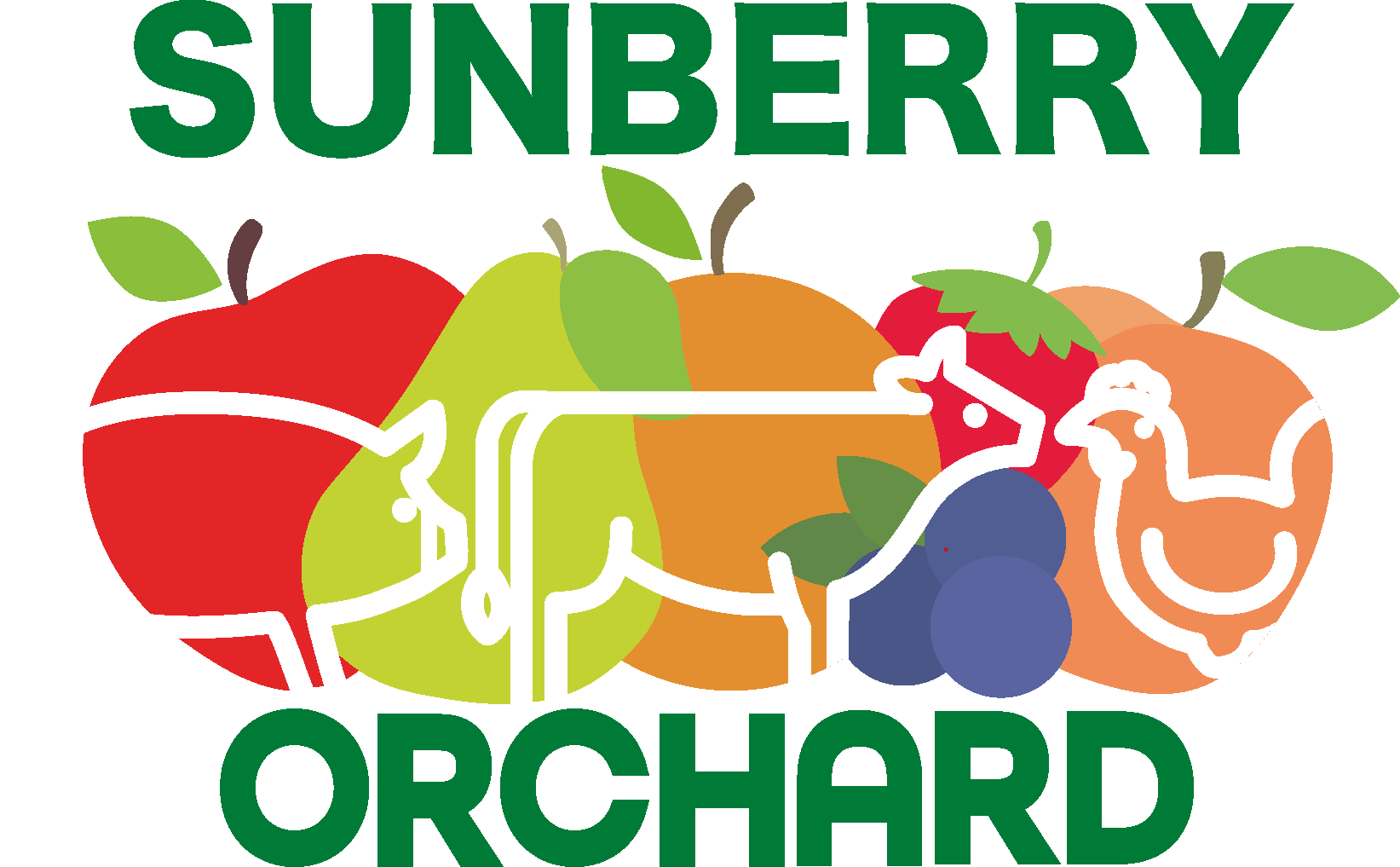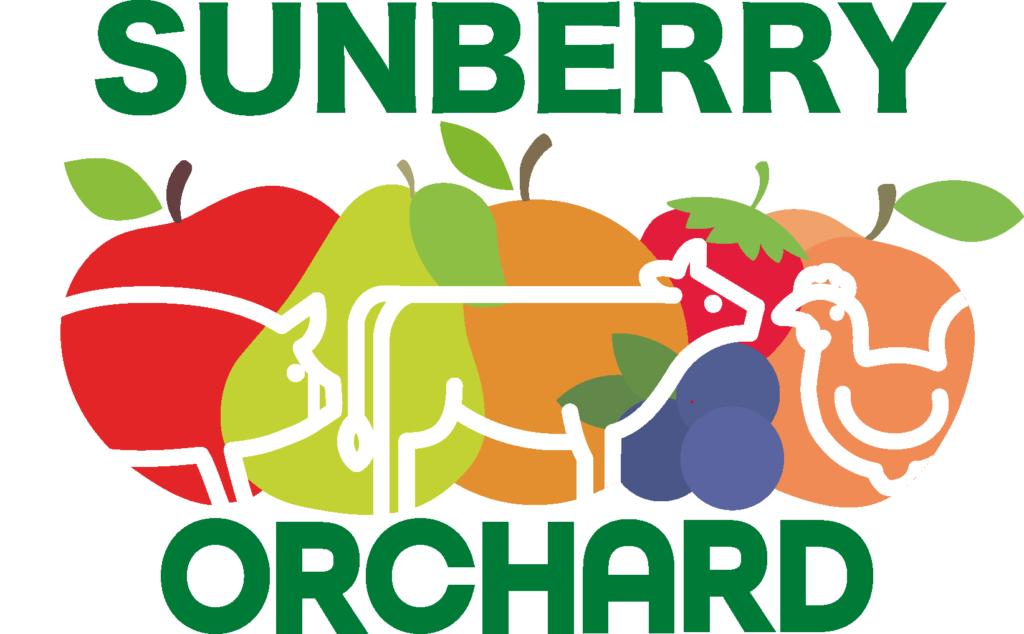Regenerative farming is a way of growing food that improves the soil, supports nature, and fights climate change. It’s not just about growing crops—it’s about creating a system that works in harmony with the environment. Let’s explore how to scale this model so it can make a bigger impact.
1. Soil Health Comes First
Healthy soil is the key to successful farming. Over the years, traditional farming methods have damaged the soil, making it harder to grow food. Regenerative farming restores soil health using these practices:
- No-Till Farming: Avoiding heavy machinery that disturbs the soil.
- Cover Crops: Planting crops like clover or rye to protect and enrich the soil.
- Crop Rotation: Changing the types of crops grown each season to keep the soil balanced.
- Livestock Integration: Allowing animals to graze, which naturally fertilizes the soil.
When the soil is healthy, it holds more water, stores more carbon, and grows better crops. This benefits both farmers and the planet.
2. Making Regenerative Farming Work Everywhere
Regenerative practices can work on small family farms or large commercial farms. Farmers can adjust the methods to fit their land and climate.
- In dry areas, farmers can focus on saving water with special techniques.
- In wet climates, cover crops can help prevent erosion and flooding.
- Technology like drones, sensors, and data tracking can help farmers use these methods more effectively.
With the right tools and knowledge, regenerative farming can grow across all types of landscapes.
3. Supporting More Farmers
Scaling regenerative agriculture isn’t just about bigger farms—it’s about involving more farmers. Many farmers want to try these methods but need help to get started.
Here’s how we can support them:
- Training: Teaching farmers how to use regenerative practices through workshops or online courses.
- Funding: Providing grants or low-interest loans so they can buy tools and seeds.
- Market Access: Helping farmers sell their products at fair prices by connecting them with eco-conscious buyers.
Encouraging new farmers, especially on unused or poor-quality land, can turn empty fields into thriving farms.
4. Meeting Consumer Demand
More people want food that’s grown sustainably. This is great news for regenerative farmers because it opens up new opportunities.
- Certifications: Clear labels like “regeneratively grown” help shoppers make informed choices.
- Partnerships with Brands: Big companies that care about sustainability can support farmers by buying regenerative products.
- Education: Sharing the benefits of regenerative farming through media and events can encourage more people to support it.
As demand grows, so does the incentive for farmers to adopt these practices.
5. Solving Challenges Together
Scaling regenerative agriculture is not without challenges. Farmers need more support, and the system needs stronger infrastructure to succeed.
- Government Support: Policies and subsidies that reward farmers for using regenerative methods.
- Research: Scientists developing better tools and techniques to make the process easier and more effective.
- Community Collaboration: Farmers, businesses, and policymakers working together to build a stronger system.
With teamwork, these challenges can be overcome, and the benefits of regenerative farming can spread further.
6. The Bigger Impact
Regenerative agriculture isn’t just about farming—it’s about building a better future. Here are some of the larger benefits:
- Biodiversity: Farms that use these methods attract more birds, insects, and animals.
- Resilience: Healthy soils and diverse systems help farms survive droughts, floods, and other climate challenges.
- Stronger Communities: Regenerative farming creates jobs, boosts local economies, and supports rural families.
A Brighter Future
Scaling regenerative agriculture is a step toward a healthier planet. It’s not just about growing food—it’s about healing the earth. By working together, we can help farmers adopt these practices and make regenerative farming the new normal.
The future of farming is one where people, nature, and the planet thrive together. Let’s make it happen.

